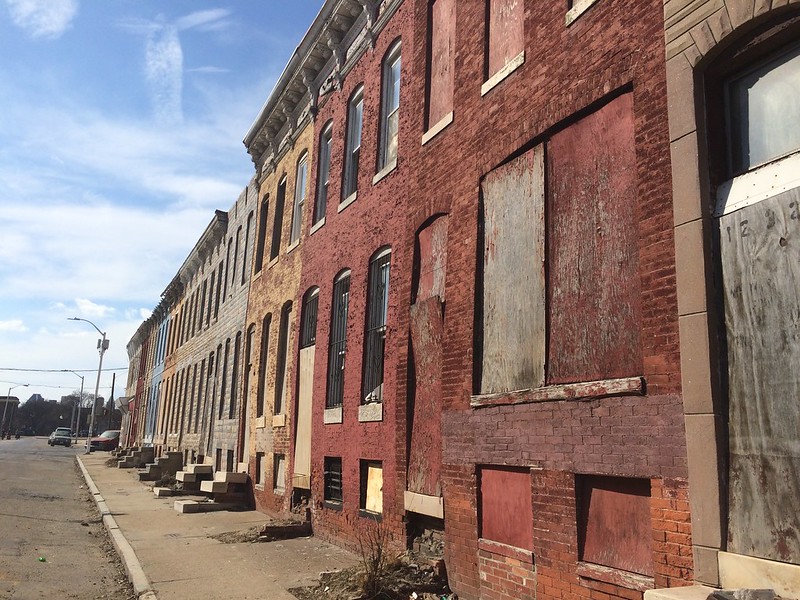Governor Moore’s executive order to launch the “Reinvest Baltimore” initiative provides a substantive solution for vacancy and is a significant step forward in addressing the city’s long-standing crisis. The plan to move 5,000 vacant properties toward outcomes such as homeownership is laudable, and targeted investment in the city is what is needed to solve an issue that has plagued the city and its communities for decades.
Addressing vacancy and blight is essential, and the reuse of existing buildings rather than demolition can be part of the solution. By repurposing these homes and their materials, we can preserve the unique character of Baltimore’s neighborhoods while creating jobs and expanding affordable housing opportunities. Sustainability is also important to this conversation, as restoring and reusing vacant buildings minimizes environmental impact when compared to new construction, and it can revitalize communities without erasing the stories and history that has shaped them. Reuse can also offer financial benefits to the city, including reduced construction costs and long-term economic sustainability. Renovation versus demolition – and the resulting new construction – requires fewer raw materials and keeps construction debris and waste out of landfills, the largest waste stream in the world with more than 476 million tons generated annually in the U.S. alone.
We applaud Governor Moore’s leadership on this issue and are excited to see positive change in the revitalization of Baltimore’s communities in the coming months and years. We encourage city, state, and local community leaders to also consider sustainable, inclusive, and culturally rich renewal in this process.

